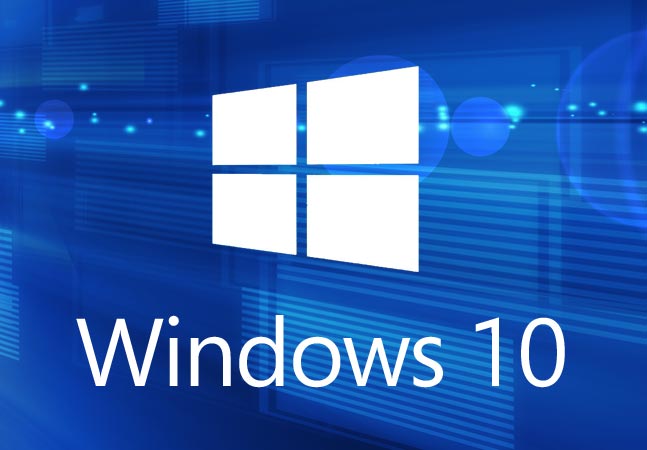
Microsoft advertising phrase “supported lifetime of the device” has been raising questions. First, on whether the users will receive free features and second, on what specific upgrades Microsoft is referring to. Microsoft 10 has been praised to be familiar, productive, personal and flexible. However, not enough light has been shone on the specific details on what the phrase might mean. Microsoft 10 operating system has been revealed to be released on July 29 and is expected to provide the most secure platform and free, continuous security updates for the lifetime of the device.
This phrase has hence implied that the new Microsoft 10 will not support the old regime. Microsoft has been providing a 10 year support (which consistently meant security patches and updates) for every version and edition of Windows it has hence produced. However, this supported lifetime of events could easily mean that Microsoft is planning on changing the 10 year support practice. Microsoft maintains that the 10-year support policy has not changed since the launch of Windows 8 in 2012. It is widely known that it changed its support policy in the beginning of 2013 when it unveiled the Windows 8.1.
While the true meaning of “supported lifetime of the device” has not yet been clarified, the CFO Amy hood said during her meeting with wall street analyst in late April, that Microsoft will have, out of necessity, to suspend and hold over revenue from Windows 10 as it had promised to provide the new features and enhancement for free to its users. Hood said that the deferral would be based on the type of device, or the screen size of that device. These two “form factors” will determine the support lifetime policy. The already known types of devices are notebooks, 2-in-1s, desktops, tablets or smartphones. This deferral will be given to all Windows 10 copies.
Needless to note, the features’ functionality and security updates of Windows ten will only last to the support lifetime and not the lifetime of the device. Window users are typically used to long periods of support from Microsoft products, Microsoft may have used this phrase in order to encourage its users to shift from Windows 8 to Windows 10, or just to make people pay special attention to the new Windows 10. Microsoft hesitancy to talk may be for competitive purposes and it may encourage their users to update. It may also be dangerous for their business if people do not understand the product.